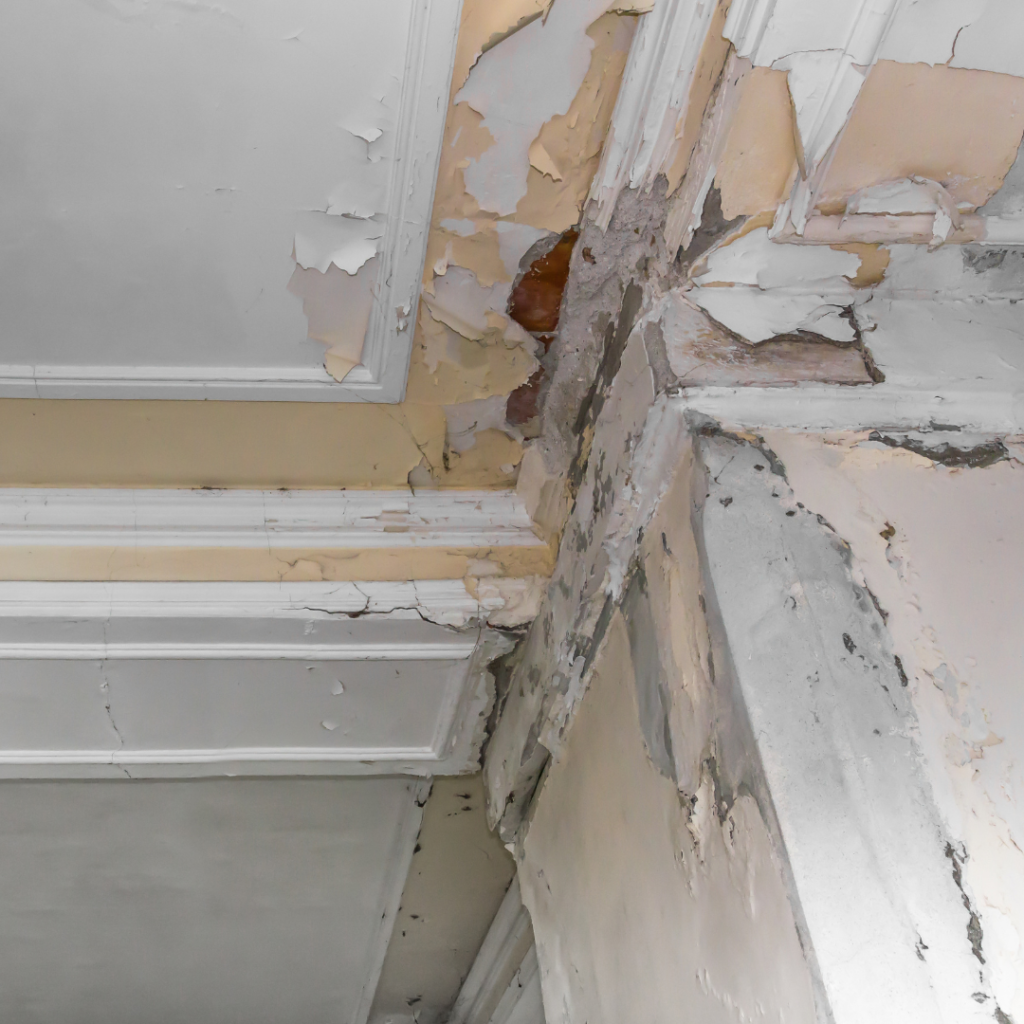Excessive moisture in homes across Brussels can be more than just a nuisance—it can lead to serious structural issues and health concerns. Understanding the common causes behind dampness is crucial for effective prevention and maintenance. Often, leaks in roofs or pipes can allow water to seep into walls and ceilings, creating ideal conditions for mold growth. Poor ventilation exacerbates the problem, trapping humidity indoors. Additionally, foundation cracks or poor drainage around the property can lead to water pooling around the building’s base, further contributing to dampness. By identifying and addressing these root causes promptly, homeowners can safeguard their properties from the damaging effects of moisture buildup.
Understanding Common Moisture Issues in Brussels Homes
Homes in Brussels often contend with moisture issues due to the region’s climate and construction practices. The humid continental climate can lead to high humidity levels, which, coupled with poorly ventilated spaces or inadequate moisture barriers in building materials, contribute to moisture accumulation indoors. Condensation on windows, damp basements, and mold growth are common indicators of such issues.
Additionally, older buildings may lack modern waterproofing methods, making them more susceptible to moisture infiltration through walls and roofs. Understanding these factors is crucial for homeowners to implement effective moisture control strategies, such as improving ventilation, using dehumidifiers, and ensuring proper building maintenance to prevent long-term structural damage and health hazards associated with mold and mildew.

The Impact of Roof Leaks on Interior Dampness
Roof leaks are a significant cause of interior dampness in homes. Even minor leaks can result in water penetrating through ceilings, walls, and insulation, leading to visible stains, peeling paint, and damp odors. Beyond cosmetic issues, prolonged exposure to moisture can compromise structural integrity and create ideal conditions for mold growth.
Detecting roof leaks early is essential to prevent extensive water damage and costly repairs. Homeowners should regularly inspect their roofs for missing shingles, damaged flashing, or signs of water stains on ceilings or walls. Prompt repairs and maintenance, including proper sealing of roof penetrations and timely replacement of worn-out roofing materials, are crucial to mitigating the impact of roof leaks on home interiors and ensuring long-term structural durability.
How Plumbing Issues Contribute to Home Moisture
Plumbing issues such as leaks, burst pipes, or faulty fixtures can introduce significant moisture into homes. Water leaks often occur in concealed spaces, such as within walls, under floors, or in basements, where they can go unnoticed for extended periods. The prolonged presence of moisture promotes mold growth, damages building materials, and increases the risk of structural deterioration. Even minor leaks from faucets or toilet seals can contribute to elevated humidity levels indoors, affecting air quality and potentially causing health issues for occupants.
Regular inspection of plumbing systems, prompt repair of leaks, and installation of leak detection devices can help mitigate the impact of plumbing-related moisture issues. Ensuring proper maintenance and timely addressing of plumbing concerns are essential for preserving the integrity and comfort of residential spaces.
Identifying Early Signs of Mold Growth
Recognizing early signs of mold growth is crucial for maintaining a healthy indoor environment. Mold can pose serious health risks and compromise the structural integrity of your home.
- Visible Spots: Look for patches of discoloration on walls, ceilings, or floors, especially in damp or poorly ventilated areas.
- Musty Odors: A persistent musty smell can indicate hidden mold growth behind walls or under flooring.
- Allergic Reactions: Symptoms like sneezing, coughing, or nasal congestion may worsen indoors and could be a sign of mold presence.
- Condensation: Excessive moisture on windows or walls, particularly in cold weather, can promote mold growth.
- Peeling Paint or Wallpaper: Moisture behind walls can cause paint or wallpaper to bubble or peel, revealing mold growth underneath.
Early detection of mold growth allows for prompt remediation, preventing potential health issues and costly repairs. Regular inspections and maintaining optimal indoor humidity levels are key to mitigating mold risks and preserving your home’s integrity.
Effective Strategies for Long-Term Moisture Prevention
Preventing moisture buildup is essential for safeguarding your home against mold, structural damage, and health hazards. Implementing effective moisture prevention strategies can help maintain a dry and healthy indoor environment.
- Proper Ventilation: Ensure adequate airflow with exhaust fans, air vents, and open windows to reduce humidity levels.
- Moisture Barriers: Use moisture-resistant materials in high-risk areas like bathrooms, kitchens, and basements.
- Regular Maintenance: Inspect and repair roof leaks, plumbing issues, and foundation cracks promptly.
- Humidity Control: Use dehumidifiers in damp areas to maintain optimal indoor humidity levels (around 30-50%).
- Landscaping and Drainage: Improve grading around your home to direct water away from the foundation and keep gutters clean to prevent water buildup.
By adopting these proactive measures, homeowners can effectively manage moisture levels, enhance indoor air quality, and prolong the lifespan of their home’s structure and finishes. Regular monitoring and timely maintenance are essential to sustaining long-term moisture prevention efforts.
Importance of Proper Ventilation in Moisture Control
Proper ventilation plays a crucial role in controlling moisture levels within homes. Inadequate ventilation can lead to stagnant air and moisture buildup, especially in areas prone to high humidity such as bathrooms, kitchens, and basements. Effective ventilation systems, including exhaust fans, air vents, and operable windows, facilitate airflow and expel humid air outdoors, reducing the risk of condensation and mold growth.
Properly ventilated spaces not only improve indoor air quality but also help prevent structural damage caused by moisture-related issues like rot and decay. Homeowners should ensure that ventilation systems are properly sized, maintained, and used in conjunction with moisture control measures such as using moisture-resistant materials and implementing humidity monitoring devices. By prioritizing proper ventilation, homeowners can create healthier and more comfortable living environments while safeguarding their homes from moisture-related damage.
Addressing Foundation Cracks to Prevent Dampness
Foundation cracks are a common entry point for moisture into homes, particularly in older or poorly maintained buildings. These cracks can allow water to seep into basements or crawl spaces, leading to dampness, mold growth, and structural issues over time. Detecting and addressing foundation cracks promptly is essential to prevent water infiltration and mitigate potential damage.
Methods for repairing foundation cracks may include injecting epoxy or polyurethane sealants into the cracks to prevent further water penetration or reinforcing the foundation where cracks have caused structural instability. Additionally, improving external drainage systems, maintaining proper grading around the foundation, and ensuring adequate waterproofing measures during construction or renovations can help mitigate the risk of foundation-related dampness issues in residential properties.
External Factors Poor Drainage and Moisture Intrusion
External factors such as poor drainage around homes can contribute significantly to moisture intrusion and dampness issues. Improper grading, clogged gutters, or landscaping that directs water toward the foundation can lead to water pooling around the base of the building. This standing water can seep into basements, crawl spaces, or even through foundation cracks, causing dampness, mold growth, and structural damage over time.
Addressing external factors that contribute to moisture intrusion involves ensuring proper maintenance of drainage systems, including regular gutter cleaning, installing downspout extensions to direct water away from the foundation, and improving landscaping to promote natural water drainage away from the home. By addressing these external factors, homeowners can reduce the risk of moisture-related issues and preserve the integrity and longevity of their residential properties.
Conclusion
Effective management of moisture issues in Brussels homes is crucial for maintaining structural integrity and indoor air quality. By understanding common causes such as roof leaks, plumbing issues, and poor ventilation, homeowners can take proactive steps to prevent dampness and mold growth. Early detection of moisture problems, coupled with timely repairs and regular maintenance, can significantly reduce the risk of costly damage and health concerns associated with mold. Implementing proper ventilation systems, moisture barriers, and addressing external drainage issues are key strategies to safeguarding your home against moisture intrusion.
For expert advice and solutions to moisture problems in Brussels, contact Bruxelles Traitement Humidité – Pro Humidité at 460233468. Our experienced team specializes in identifying and resolving moisture issues to protect your home and ensure a healthy living environment.

